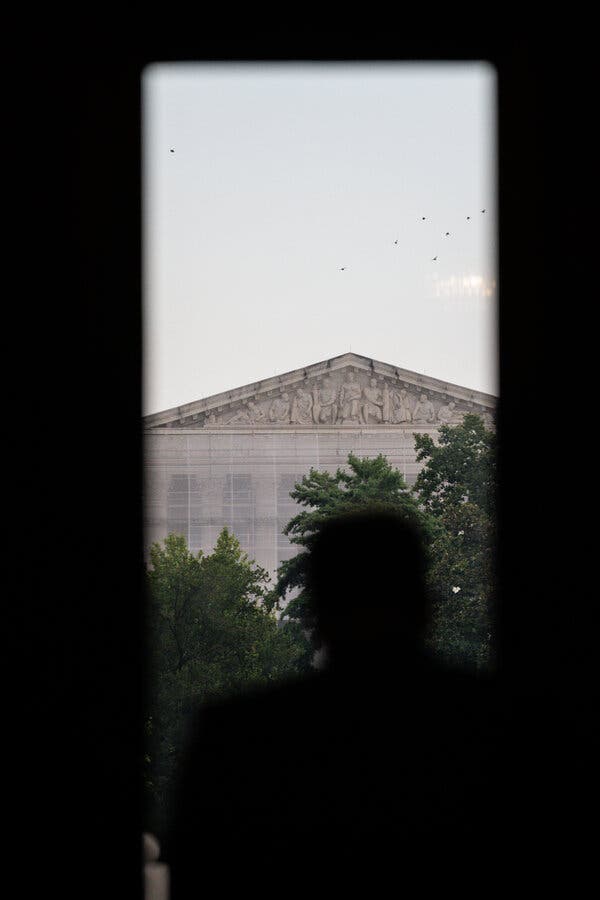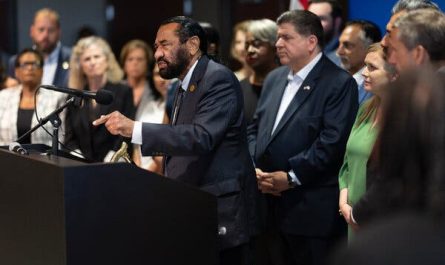In clearing the way for President Trump’s efforts to transform American government, the Supreme Court has issued a series of orders that often lacked a fundamental characteristic of most judicial work: an explanation of the court’s rationale.
On Monday, for instance, in letting Mr. Trump
dismantle the Education Department
, the majority’s unsigned order was a single four-sentence paragraph entirely devoted to the procedural mechanics of pausing a lower court’s ruling.
What the order did not include was any explanation of why the court had ruled as it did. It was an exercise of power, not reason.
The silence was even more striking in the face of a
19-page dissent
by Justice Sonia Sotomayor, joined by Justices Elena Kagan and Ketanji Brown Jackson.
“The majority is either willfully blind to the implications of its ruling or naïve,” Justice Sotomayor wrote, “but either way the threat to our Constitution’s separation of powers is grave.”
The question of whether the nation’s highest court owes the public an explanation for its actions has grown along with the rise of the “emergency docket,” which uses truncated procedures to produce terse provisional orders meant to remain in effect only while the courts consider the lawfulness of the challenged actions. In practice, the orders often effectively resolve the case.
We are having trouble retrieving the article content.
Please enable JavaScript in your browser settings.
Thank you for your patience while we verify access. If you are in Reader mode please exit and
log into
your Times account, or
subscribe
for all of The Times.
Thank you for your patience while we verify access.
Already a subscriber?
Log in
.
Want all of The Times?
Subscribe
.




